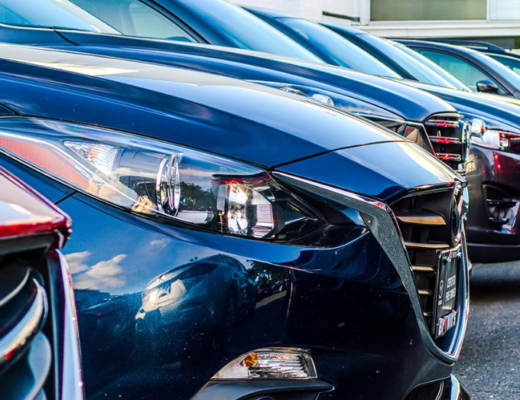Even though car manufacturers started to pick up the pace, 2022 is officially the worst year for car sales In over a decade. Even at the highest estimates, only 13.9 million new cars were sold last year, which is at least an 8% decline compared to 2011. Even with the high demand for used cars, retail sales of used cars were down at least 3.7%.
Most major automakers felt the impact of lower sales:
- Toyota was down 9.6%
- Stallantis was down 13%
- Nissan was down 25%
- Honda was down 29.4%
- Ford, Hyundai, and Kia had single-digit declines
The only exception was GM, which actually saw a 2.5% gain. The lack of new car inventories, competition for used cars, and increasing interest rates practically brought the auto industry to its knees.
Changes in the Auto Repair Industry
With the challenges shoppers faced with buying new or used cars, many people turned to keep their current cars running through increased service and repair efforts. Unfortunately, getting a car into the shop wasn’t as easy for many Americans as it was in the past.
The rise in inflation, insurance premiums, and gas prices tightened wallets around the country. Throw in higher labor costs and a shift in employment priorities, including what some are calling the Great Recession, made auto repairs most costly than in the past.
Of course, the cost of service and repairs doesn’t come just from economic forces. Modern vehicles come with systems that require higher costs to maintain or repair. For example, emergency braking, autonomous driving, and Bluetooth technology require more expensive parts and higher labor costs to repair.
An Optimistic Outlook
Most experts agree or at least hope that 2022 was the lowest the auto market will dip. Even if interest rates continue to rise, Toyota and GM expect to see a 9% increase in sales in 2023. As inventory levels normalize, automakers can reduce the commodity costs to consumers, thus making new cars more affordable.
A number of people on Wall Street are worried that the days of higher profits for new and used cars will disappear over the coming months. There’s also a fear that the race to build more units could lead to a major shift in supply and demand. When supply outpaces demand, prices will ultimately drop and reduce profits.
If you’re in the market for a vehicle, a scenario where prices drop sounds pretty good. The heavy competition and high prices for new and used cars made it difficult to bring home an upgraded vehicle over the last two years. On the other hand, auto manufacturers, dealerships, and investors don’t want to see profits drop too much.
Auto repair prices are expected to rise at a similar pace to inflation, so many drivers might decide that putting money into their existing ride is still a better option than buying something else. Of course, only time will tell what actually happens to the market.
This post may contain affiliate links. Meaning a commission is given should you decide to make a purchase through these links, at no cost to you. All products shown are researched and tested to give an accurate review for you.




